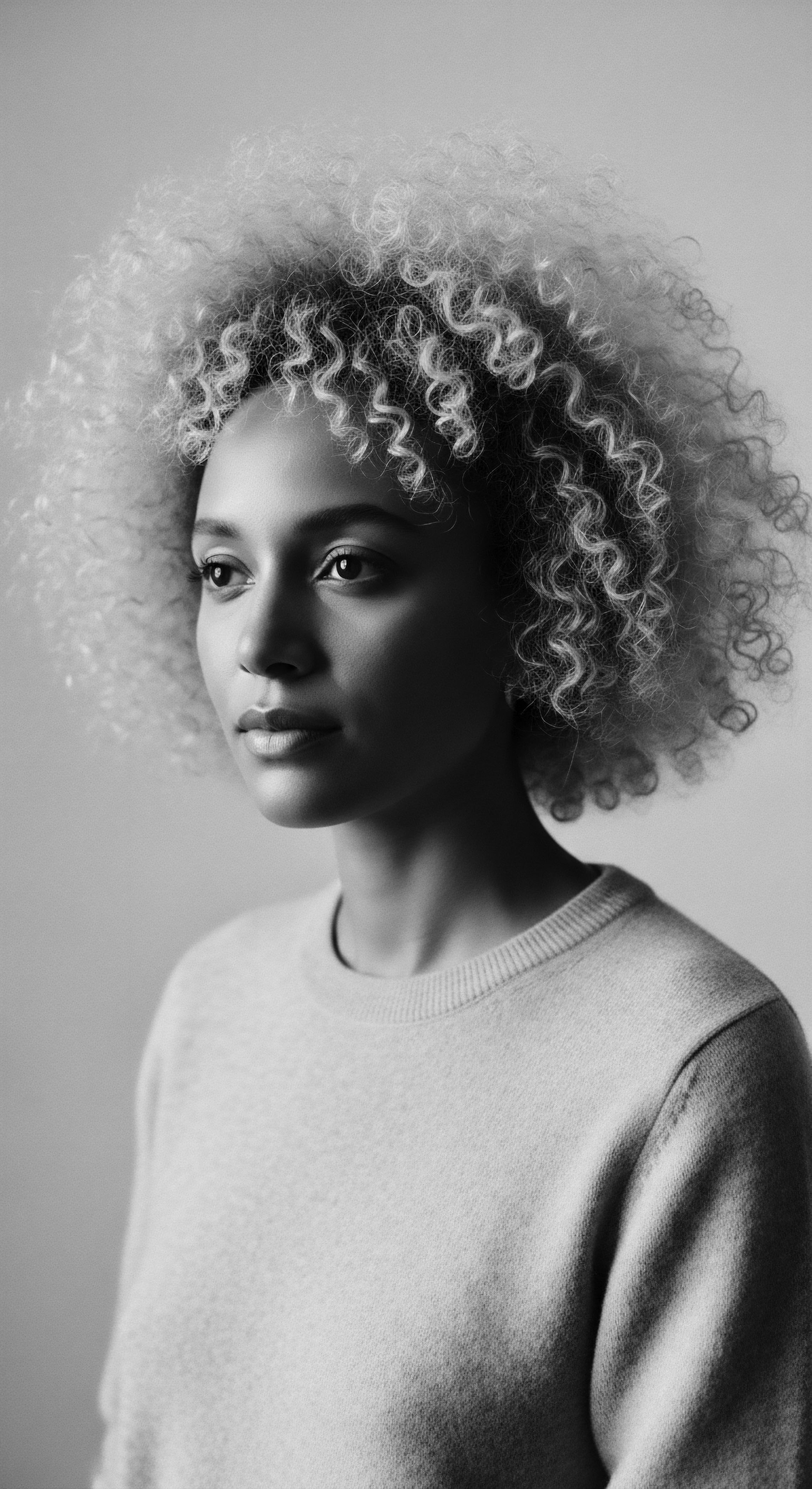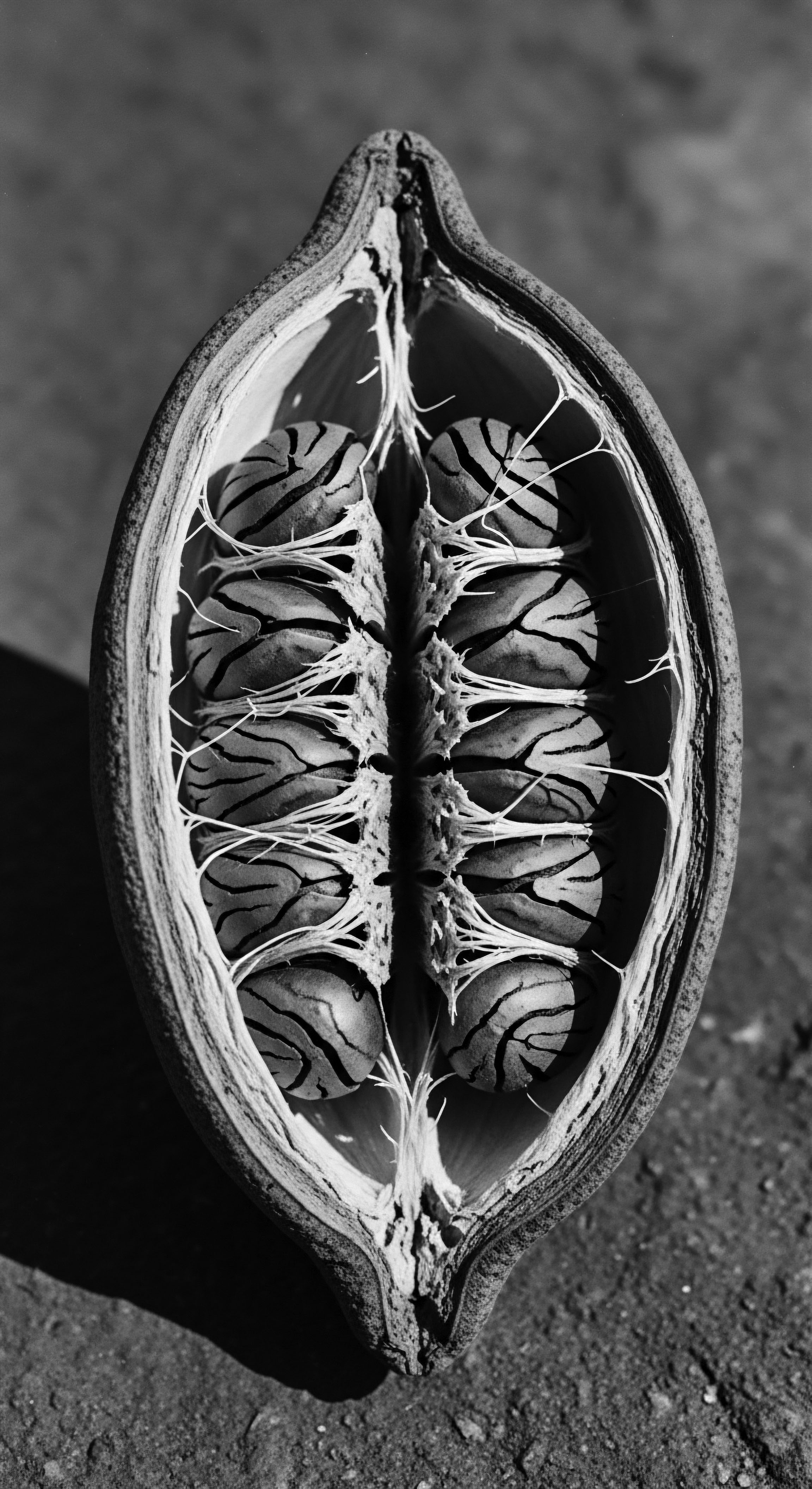
How did ancient Egyptians apply plant-based dyes to textured hair?
Ancient Egyptians colored textured hair with plant-based dyes like henna and indigo, linking personal presentation to social status and spiritual heritage.
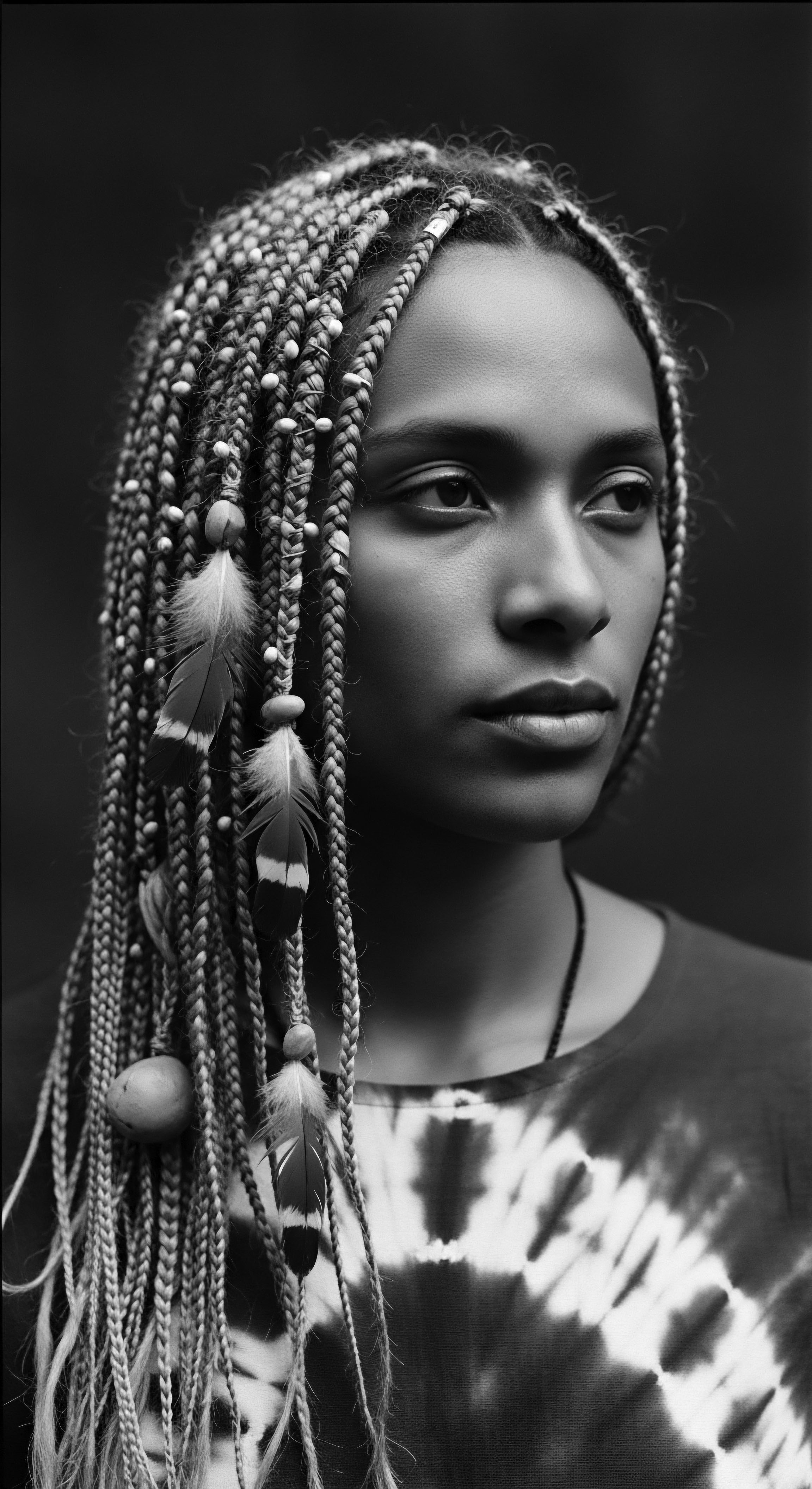
How did ancient Egyptians color their textured hair?
Ancient Egyptians colored textured hair primarily with henna, a natural plant dye, using oils and fats for application and conditioning.
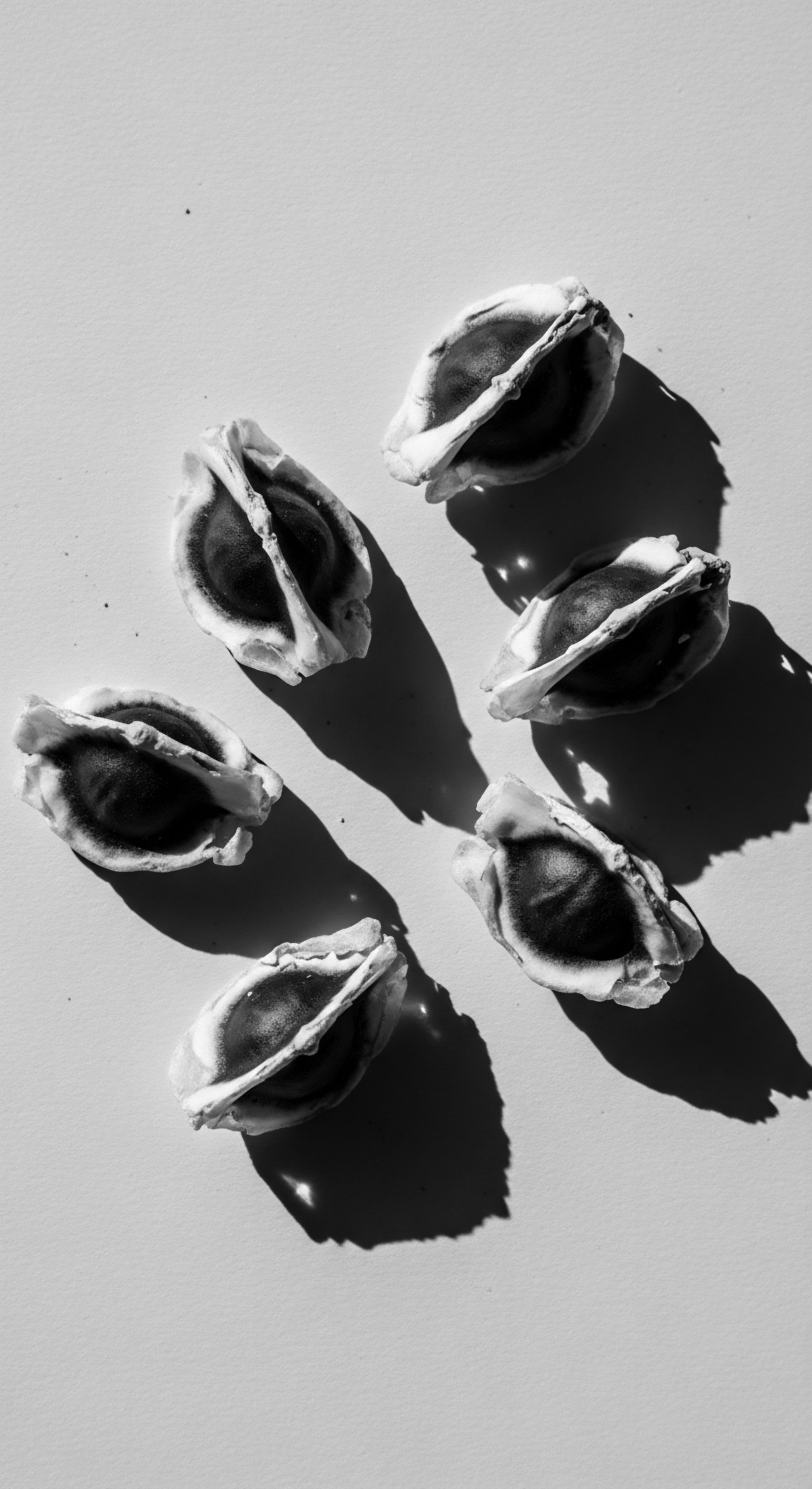
Egyptian Medicine
Meaning ❉ Egyptian Medicine explored holistic healing and hair care deeply rooted in ancestral wisdom for well-being and identity.
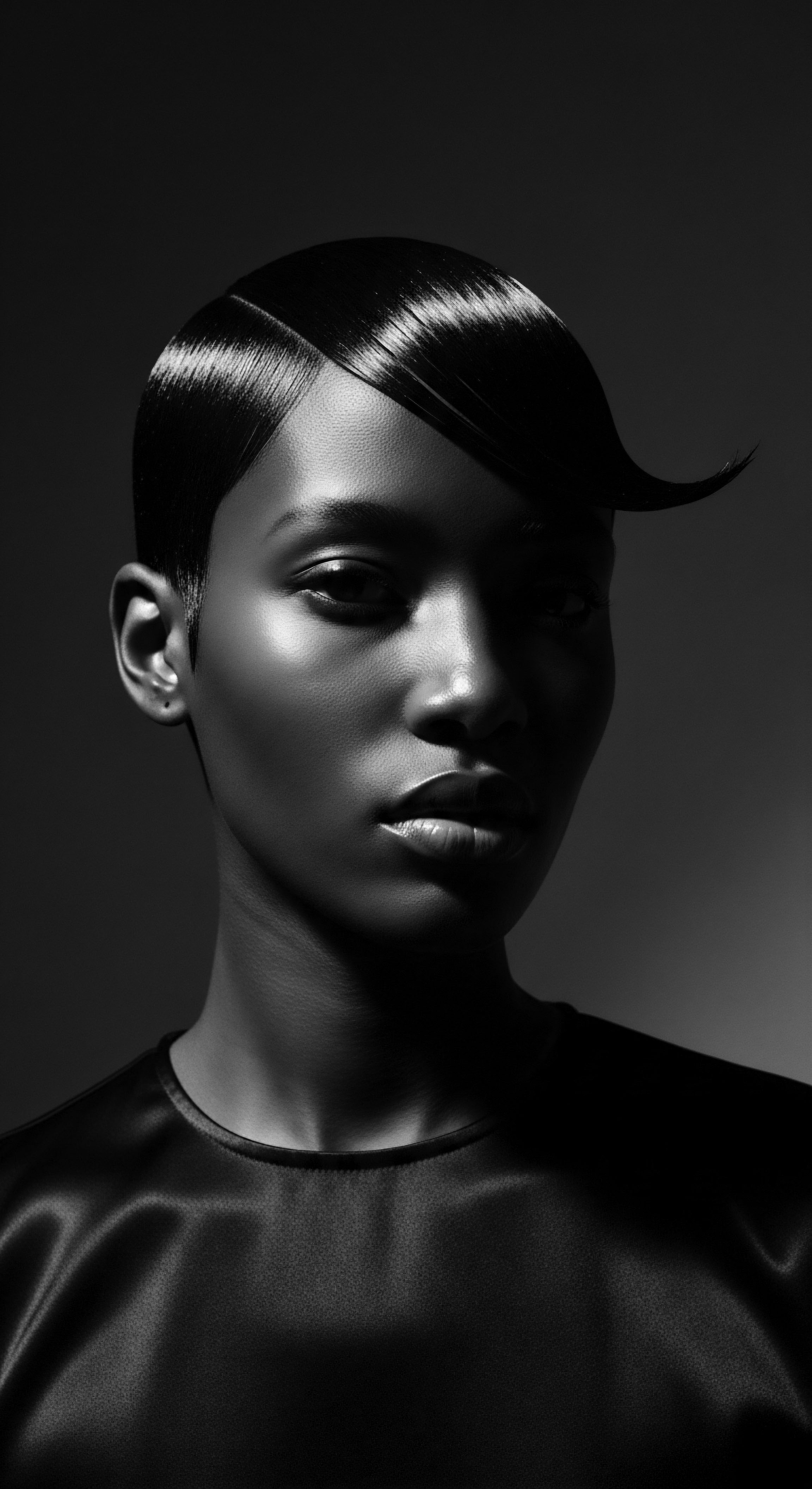
What ancestral practices shaped textured hair conditioning in North Africa?
North African ancestral practices conditioned textured hair using natural oils, mineral clays, and herbal infusions, deeply rooted in cultural heritage.
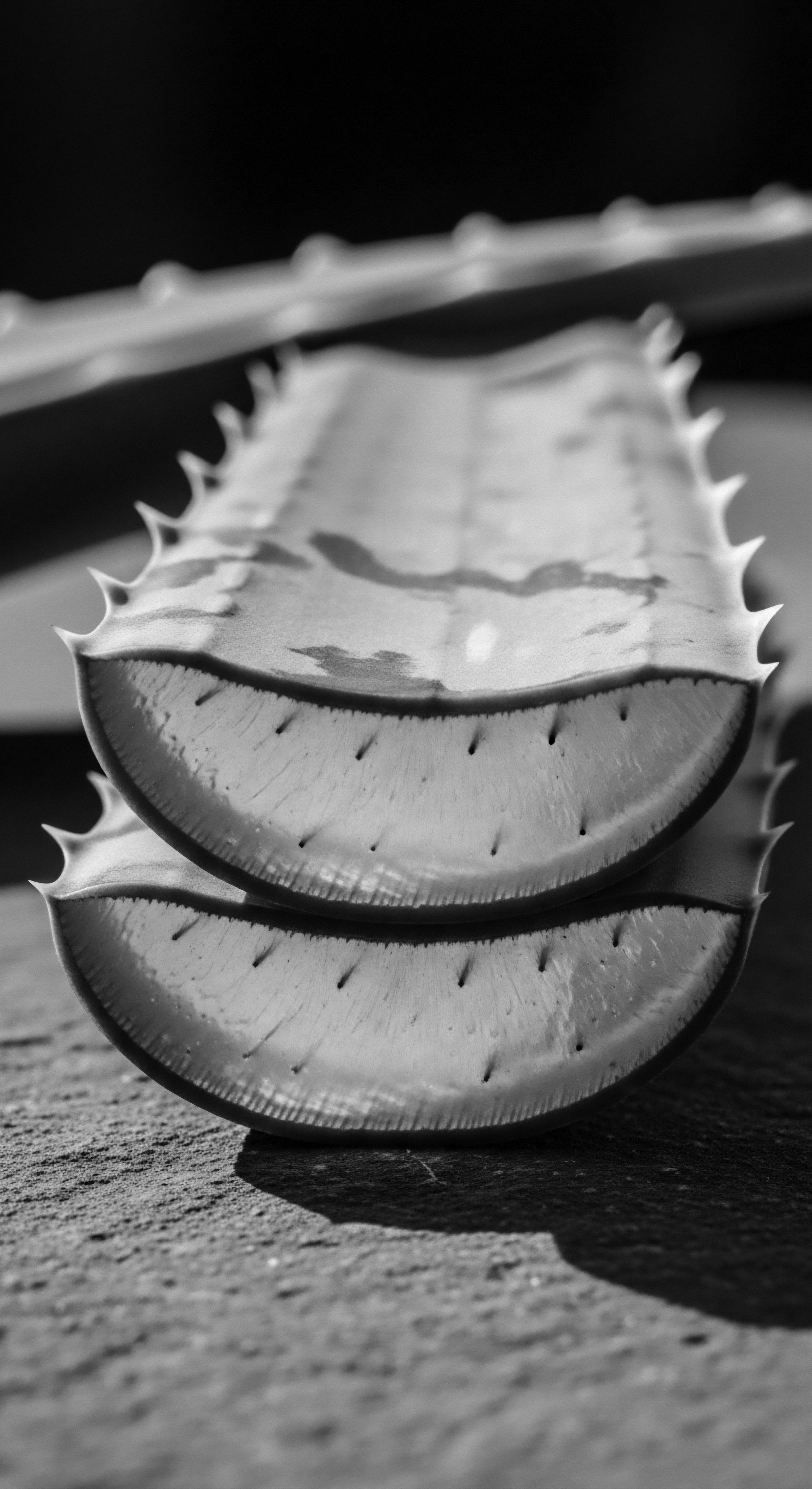
How did arid climates influence ancient textured hair rituals?
Arid climates compelled ancient communities to develop protective textured hair rituals, deeply infusing care with heritage and ingenuity.
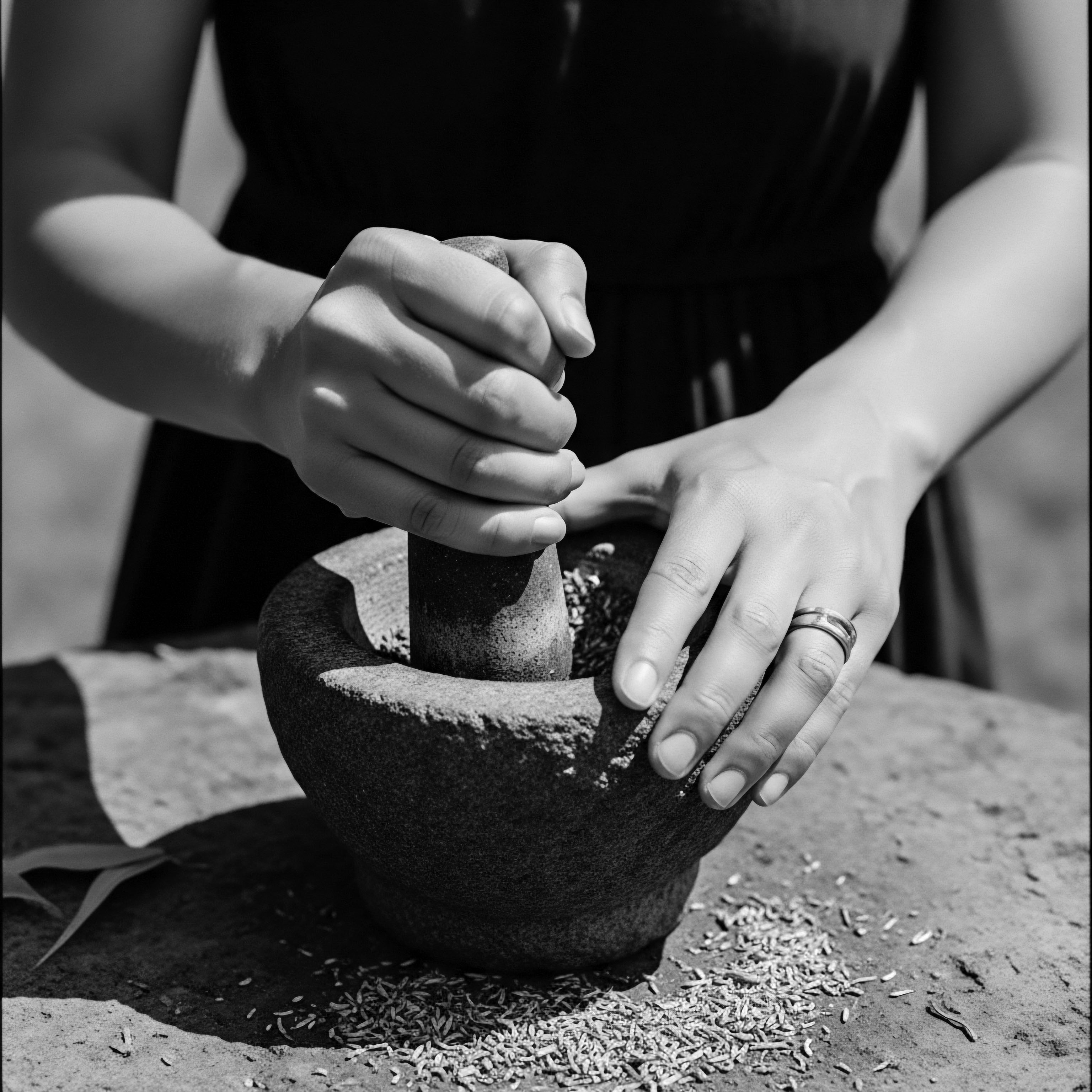
Hair Oils Ancient Egypt
Meaning ❉ Ancient Egyptian hair oils represent a profound ancestral legacy of holistic care, shaping textured hair vitality and identity through botanical wisdom.
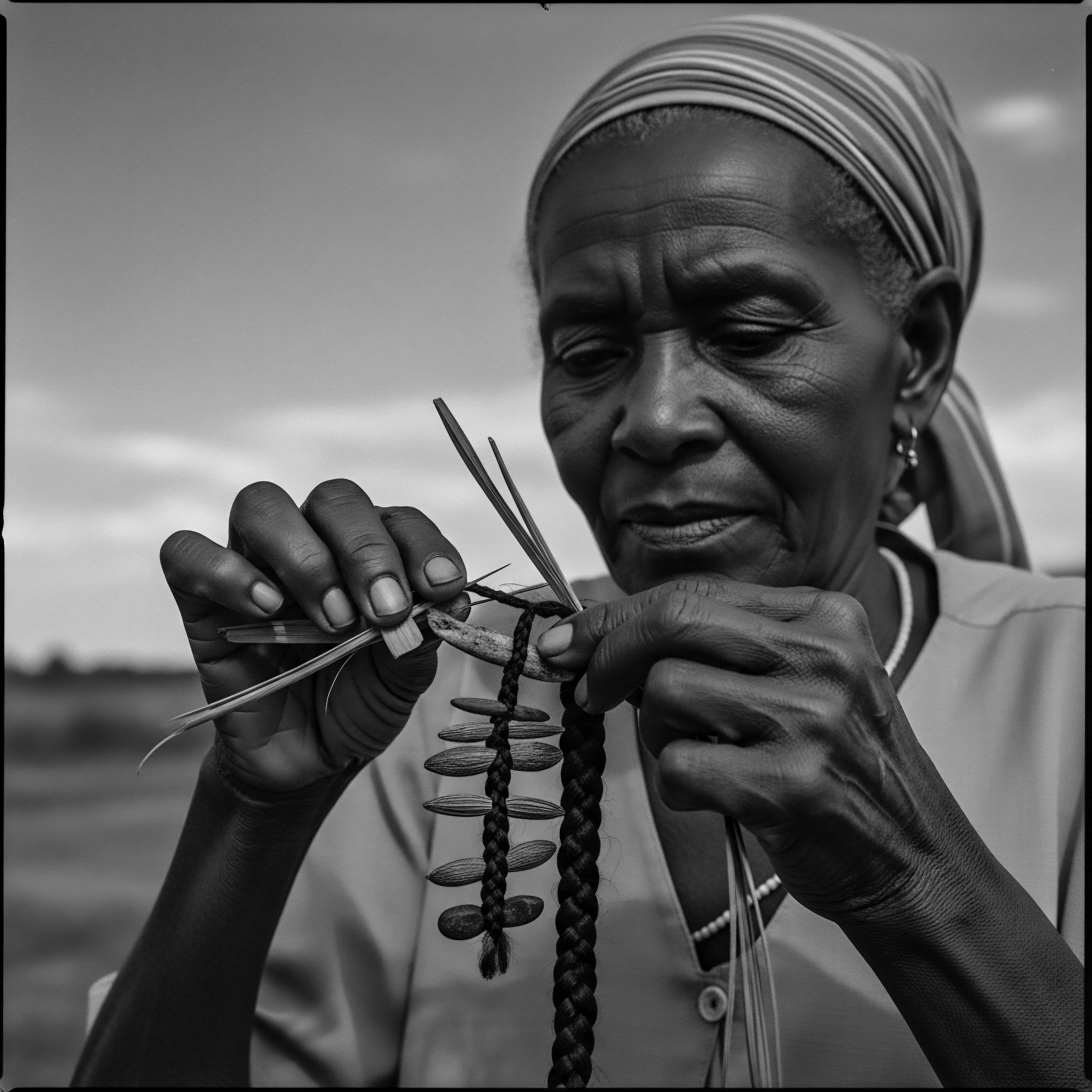
How did Nile Valley practices influence textured hair protection?
Nile Valley practices safeguarded textured hair through ancestral wisdom, using natural elements and protective styles to maintain health and cultural meaning.
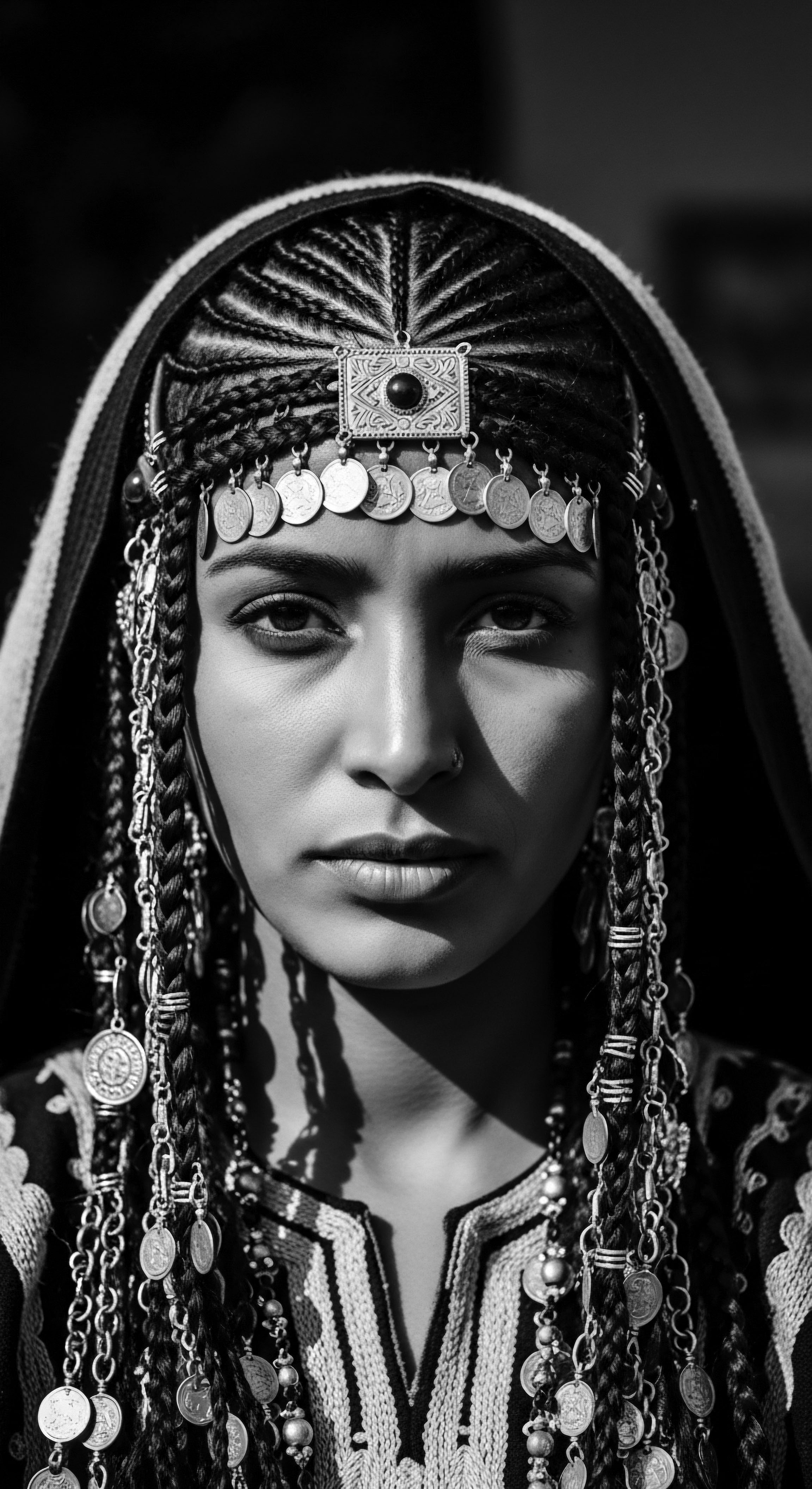
Ancient Egyptian Rituals
Meaning ❉ The Ancient Egyptian Rituals concerning hair encompassed meticulous care, elaborate styling, and profound symbolic meaning, deeply connected to heritage and identity.
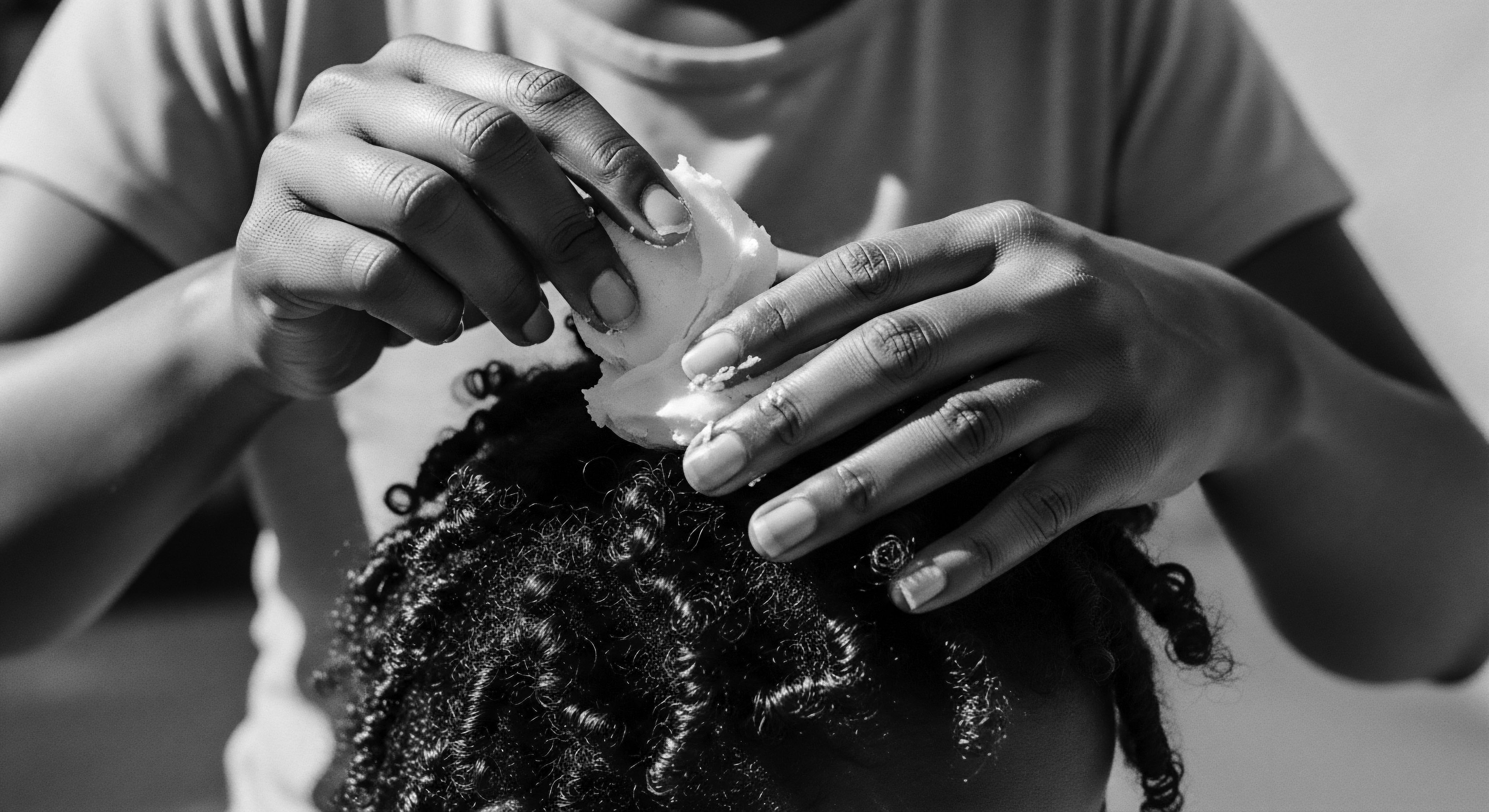
Can ancient Egyptian hair oils truly revive contemporary textured strands?
Ancient Egyptian hair oils, rich in nutrients, can revive textured strands by drawing upon a deep heritage of moisture, protection, and scalp wellness.
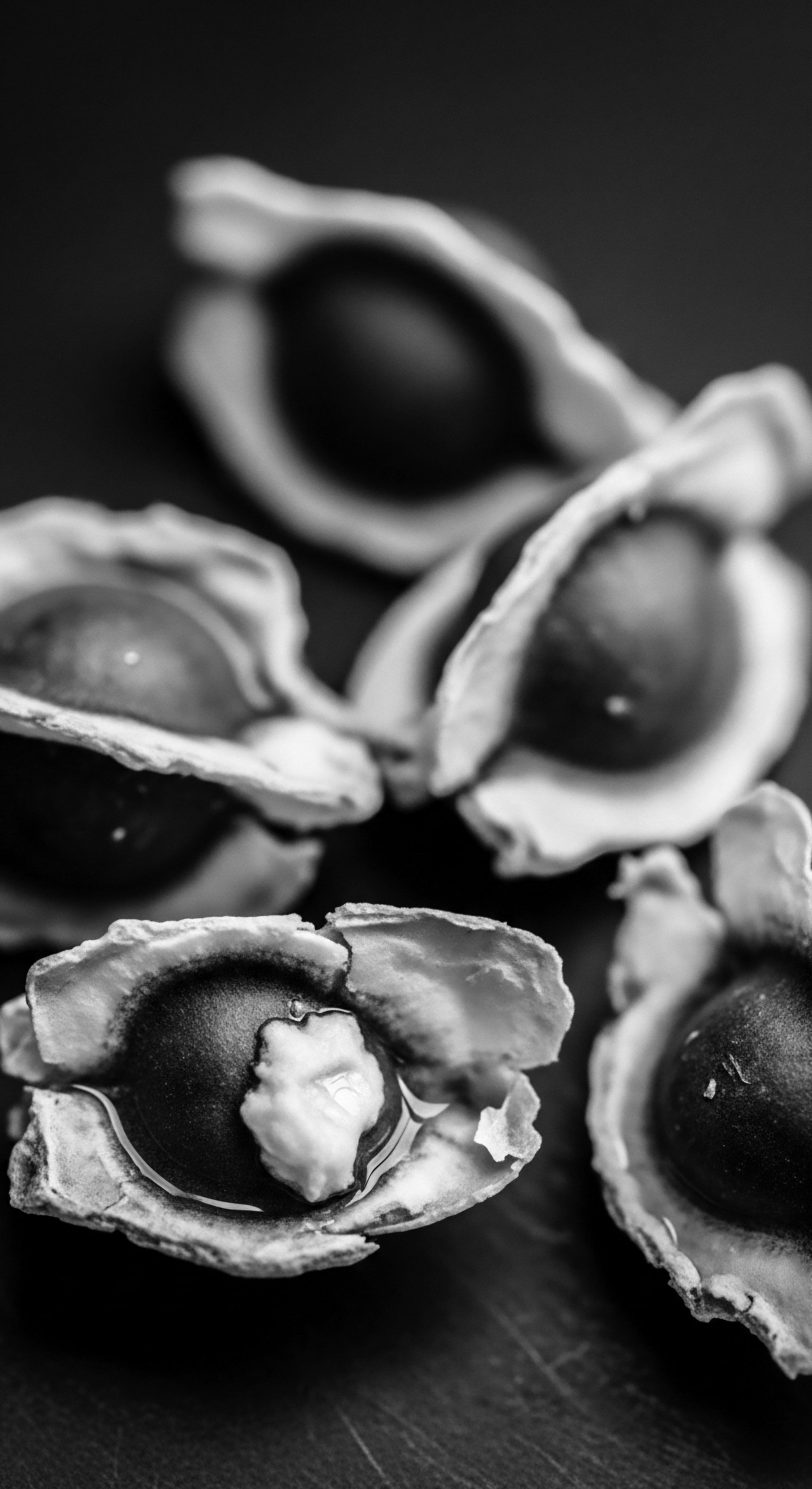
What ancestral hair oils did ancient Egyptians use?
Ancient Egyptians used oils like castor and moringa, alongside animal fats, for nourishing and styling diverse textured hair.
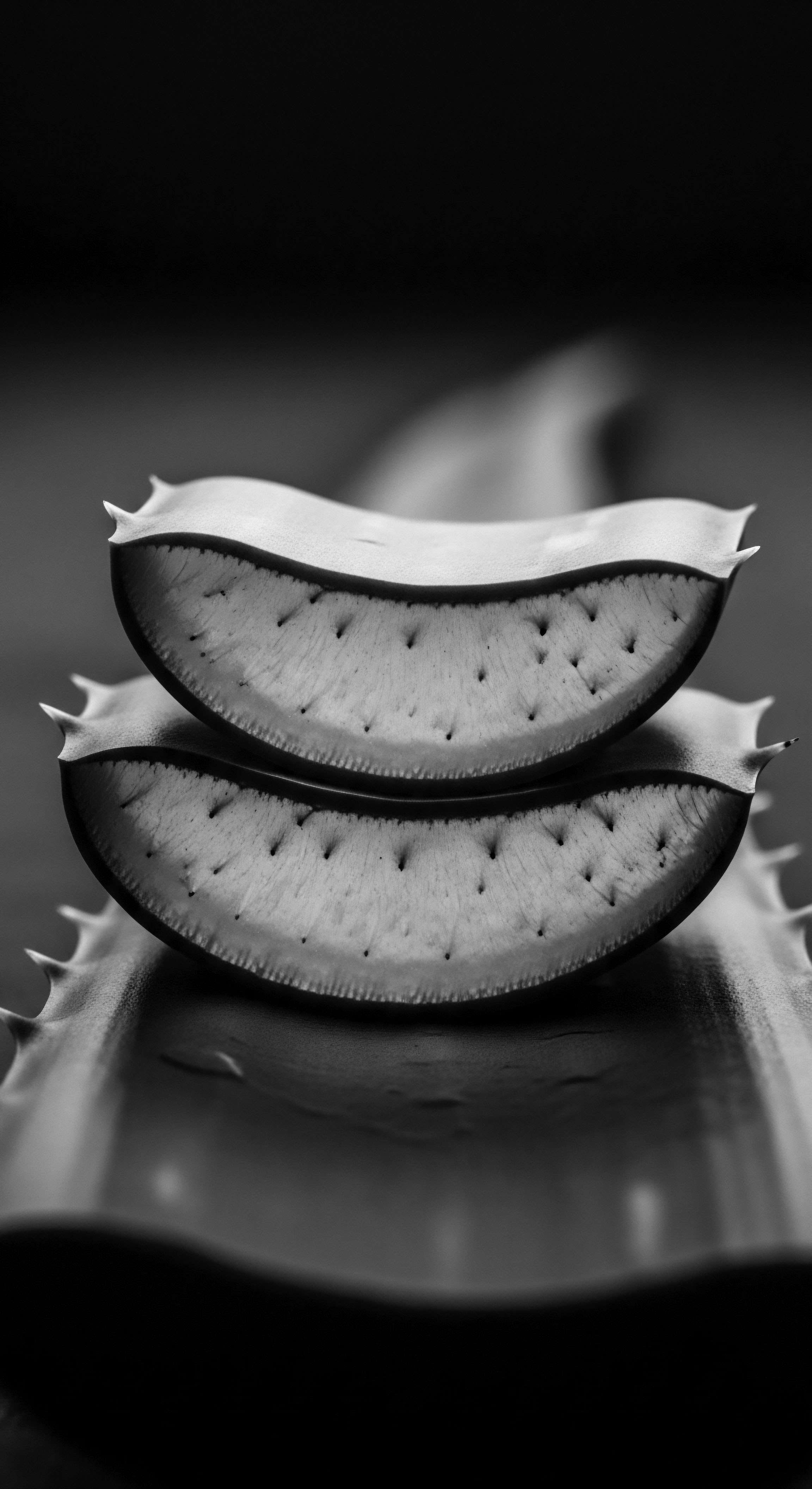
Can modern textured hair care routines benefit from ancient Egyptian wisdom?
Modern textured hair care routines gain valuable insight from ancient Egyptian wisdom, especially in recognizing hair as a symbol of identity and applying natural ingredients for holistic wellbeing.
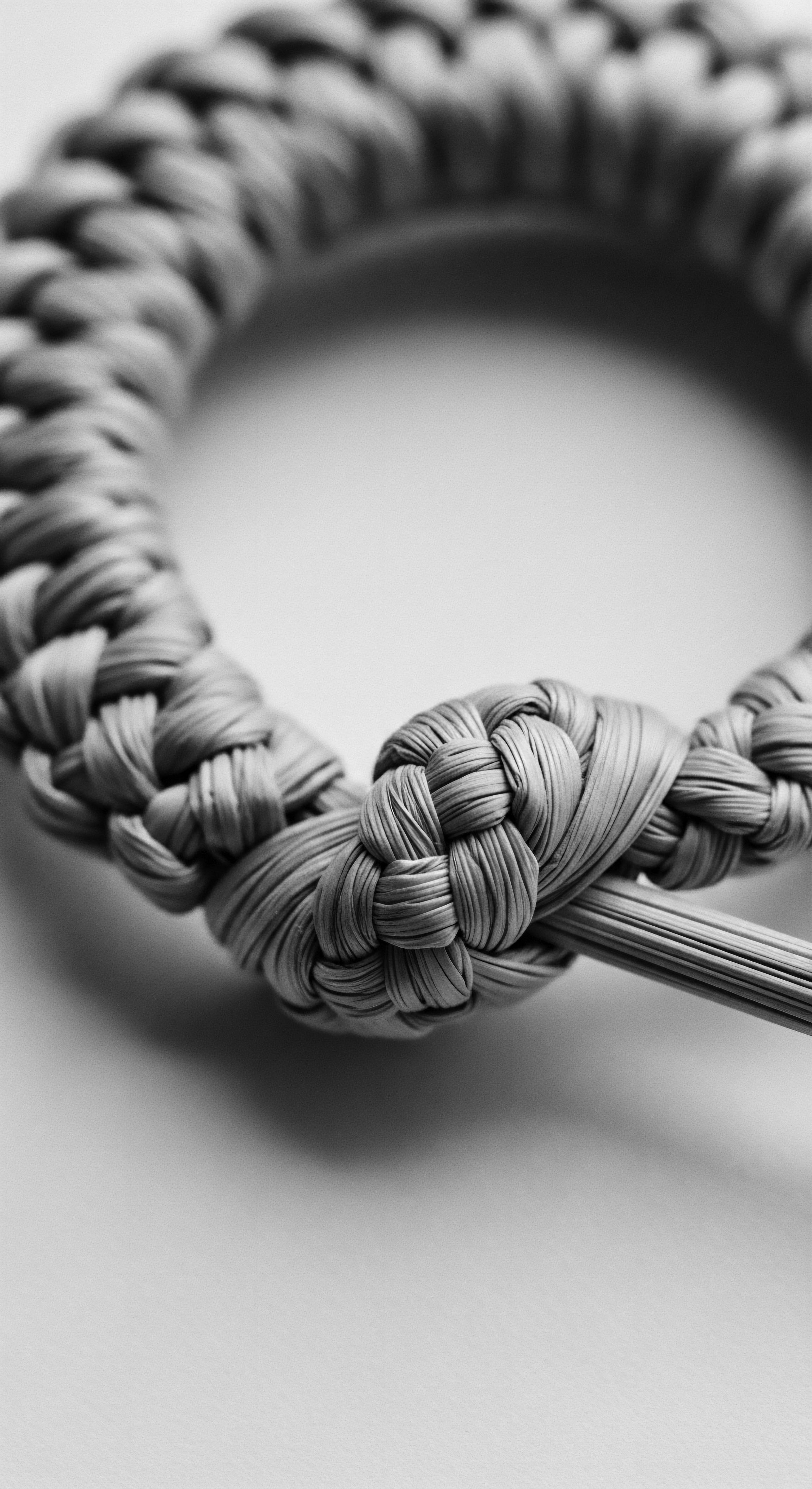
Are Egyptian hair practices relevant for textured hair today?
Ancient Egyptian hair practices hold timeless relevance for textured hair, offering a heritage of natural oils, protective styling, and holistic care principles.
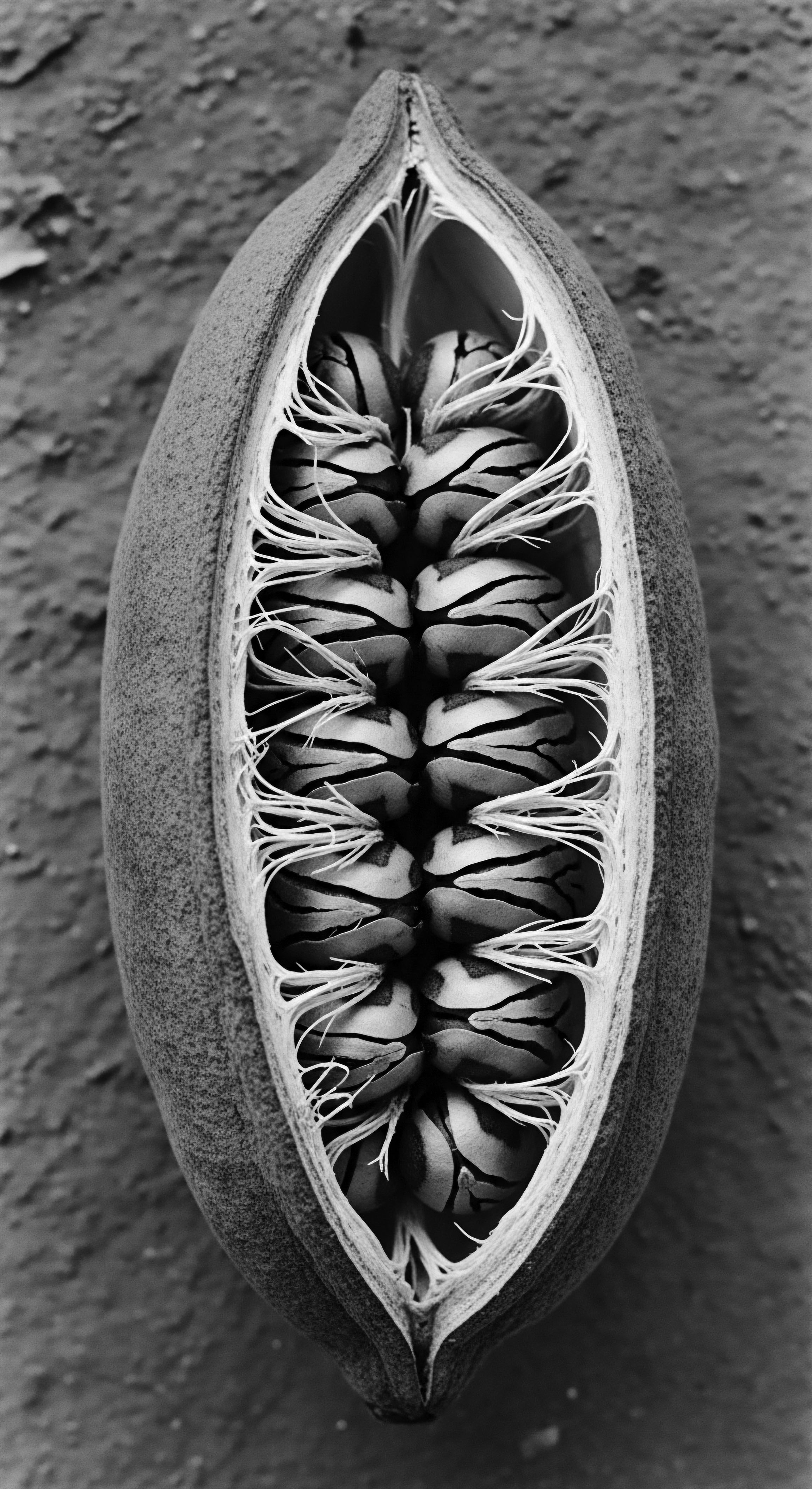
How did historical Egyptian hair care practices impact textured hair?
Egyptian hair care deeply influenced textured hair heritage by emphasizing moisture, protection, and intricate styling for coils.
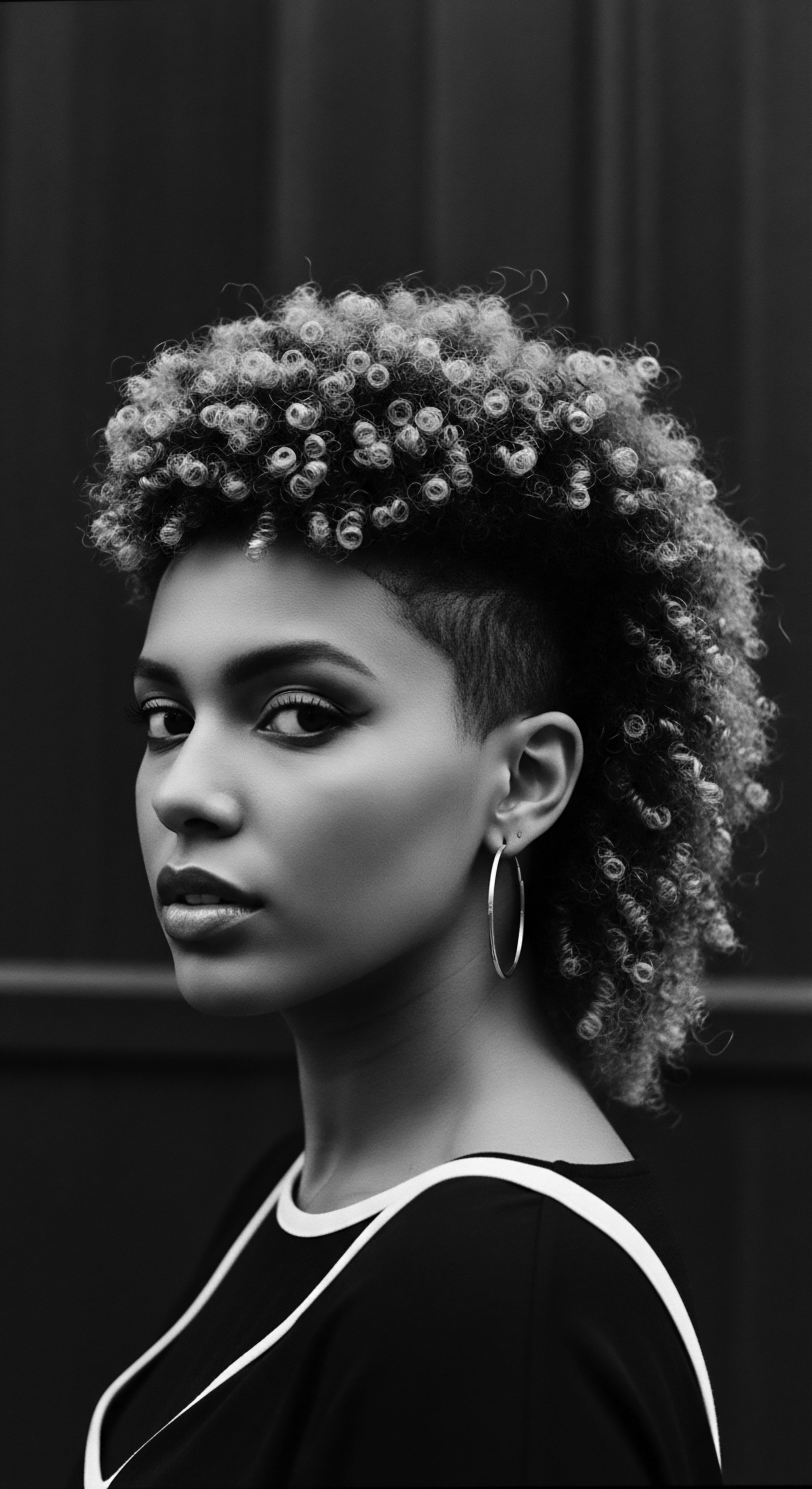
What ancient Egyptian ingredients are used in textured hair care today?
Ancient Egyptian ingredients like castor oil, honey, and henna continue to nourish and strengthen textured hair, preserving a powerful ancestral heritage.

Which natural ingredients were central to ancient textured hair care?
Ancient textured hair care centered on plant oils, butters, and earth minerals, reflecting a deep cultural connection to nature's heritage.
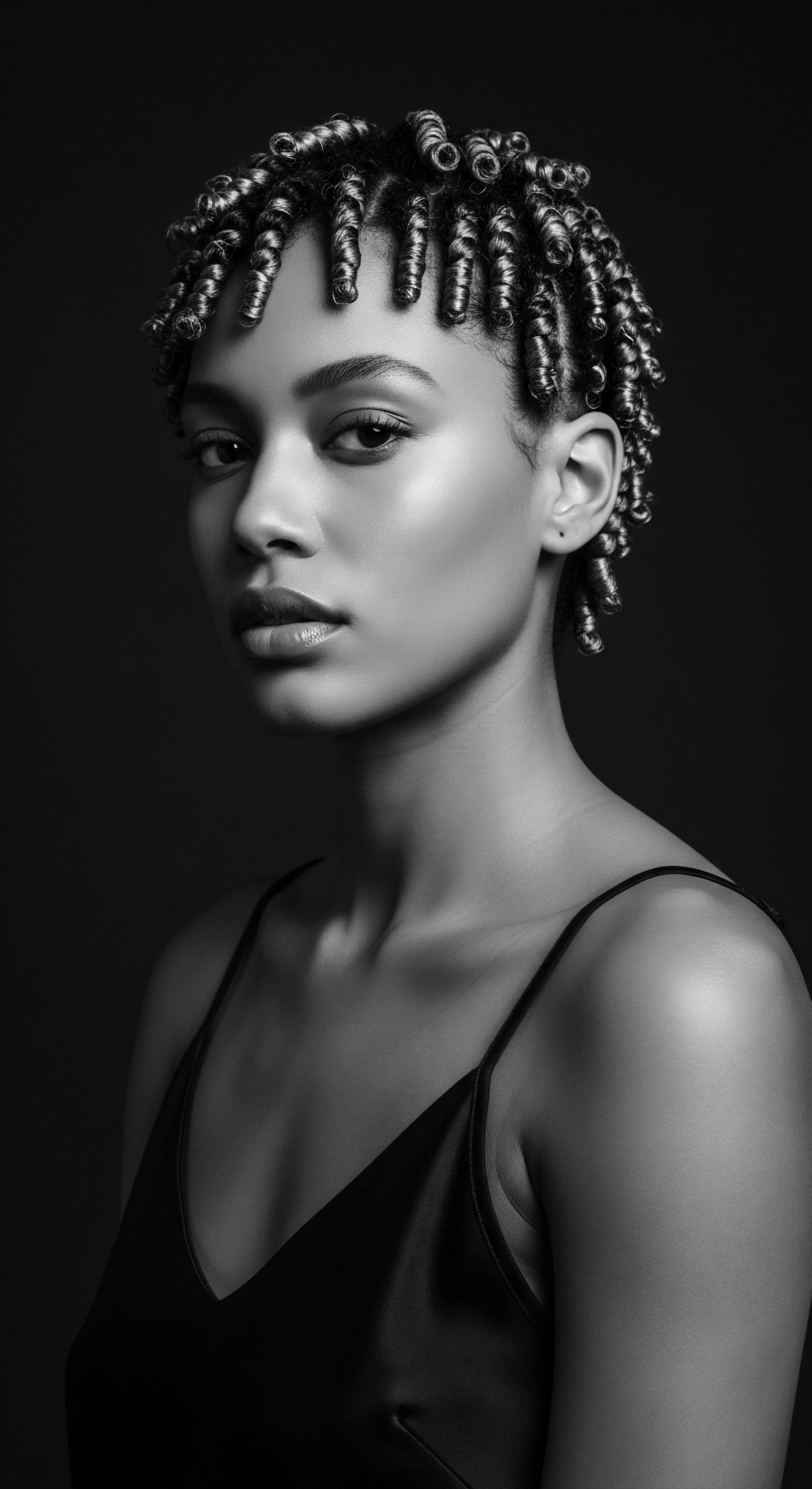
What natural elements did Kemetians use on textured hair?
Ancient Kemetians used a spectrum of natural elements like oils, plant extracts, and animal fats to cleanse, nourish, and style textured hair.
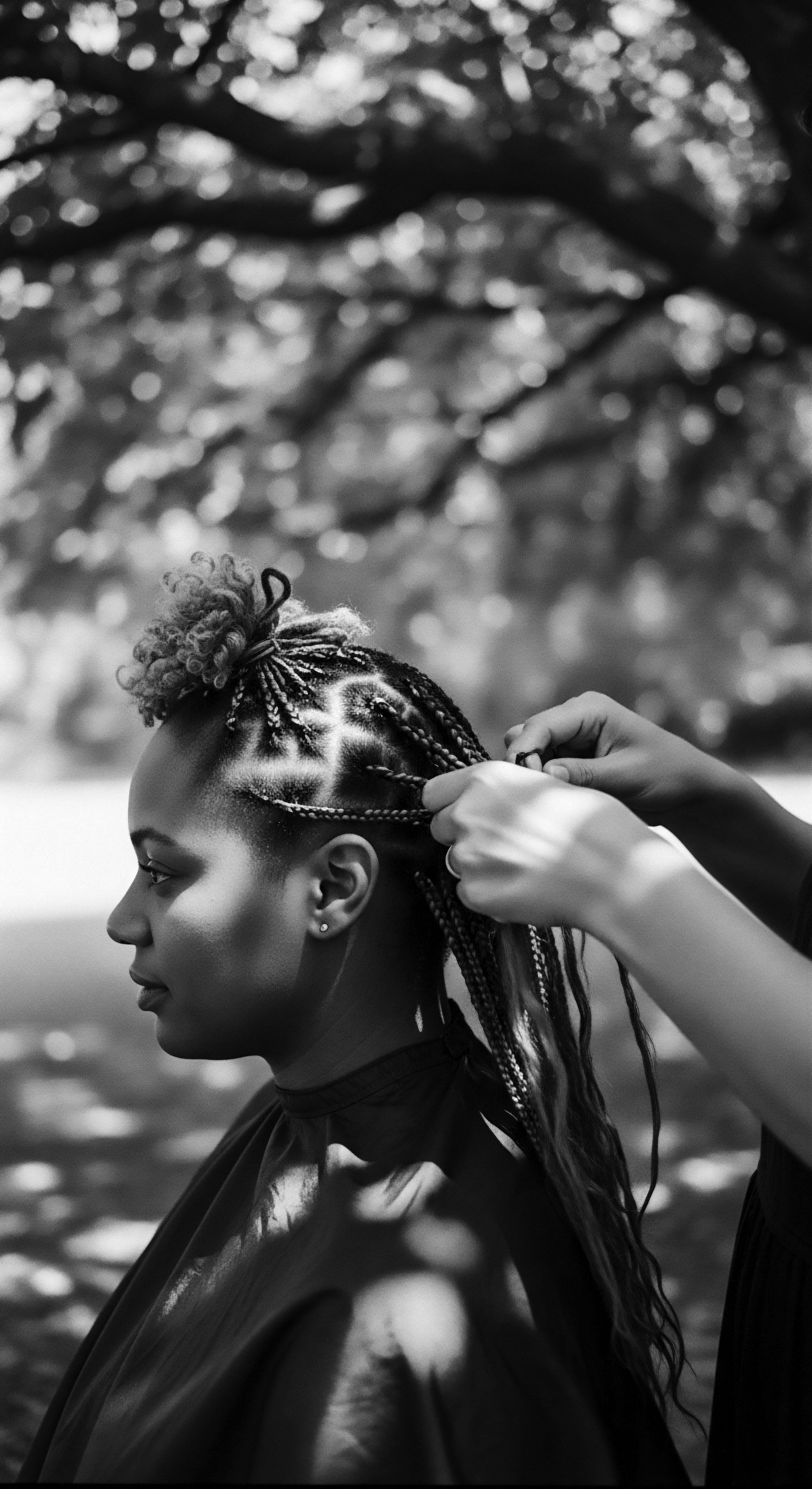
How did Egyptians care for natural textured hair?
Ancient Egyptians cared for natural textured hair using oils, elaborate braids, and wigs, reflecting a heritage of holistic beauty and status.
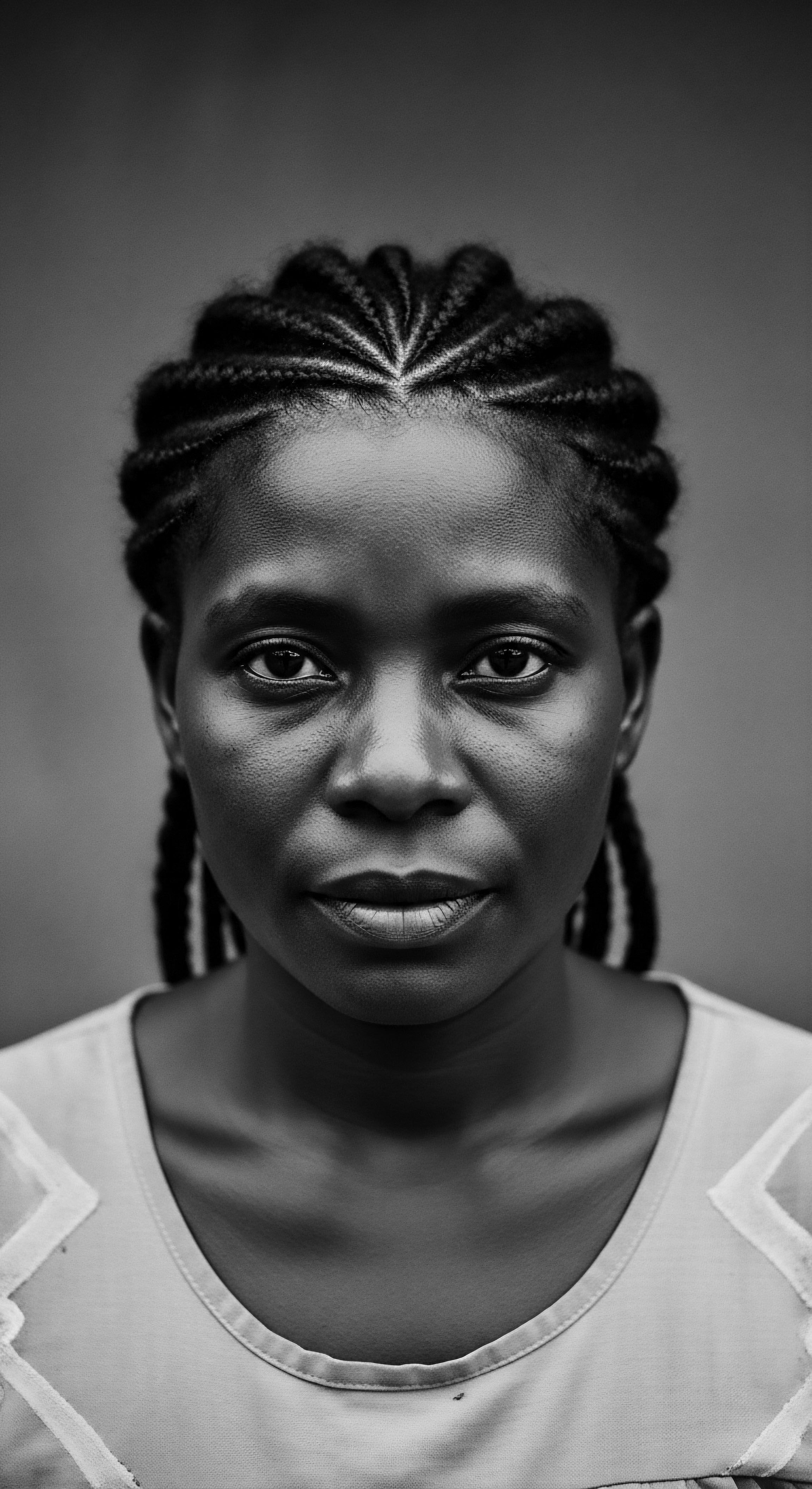
What ancestral hair wisdom from Egypt shapes modern textured hair care?
Ancient Egyptian hair wisdom, rooted in natural oils and protective styles, profoundly shapes modern textured hair heritage.
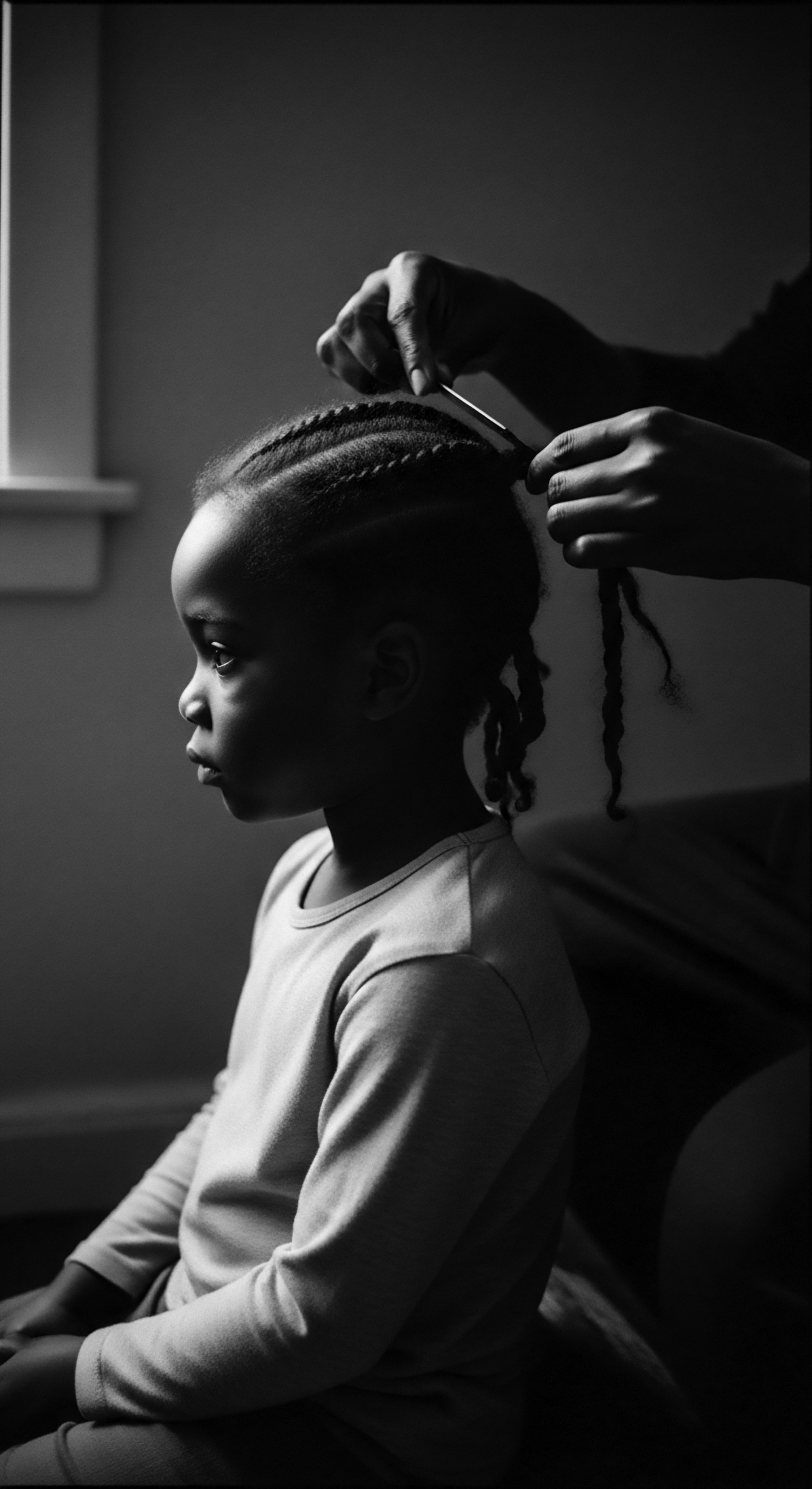
What ancestral techniques from Egypt shape textured hair?
Ancient Egyptian techniques for textured hair involved protective braiding, oiling with natural fats, and intricate wigcraft, deeply rooted in heritage.
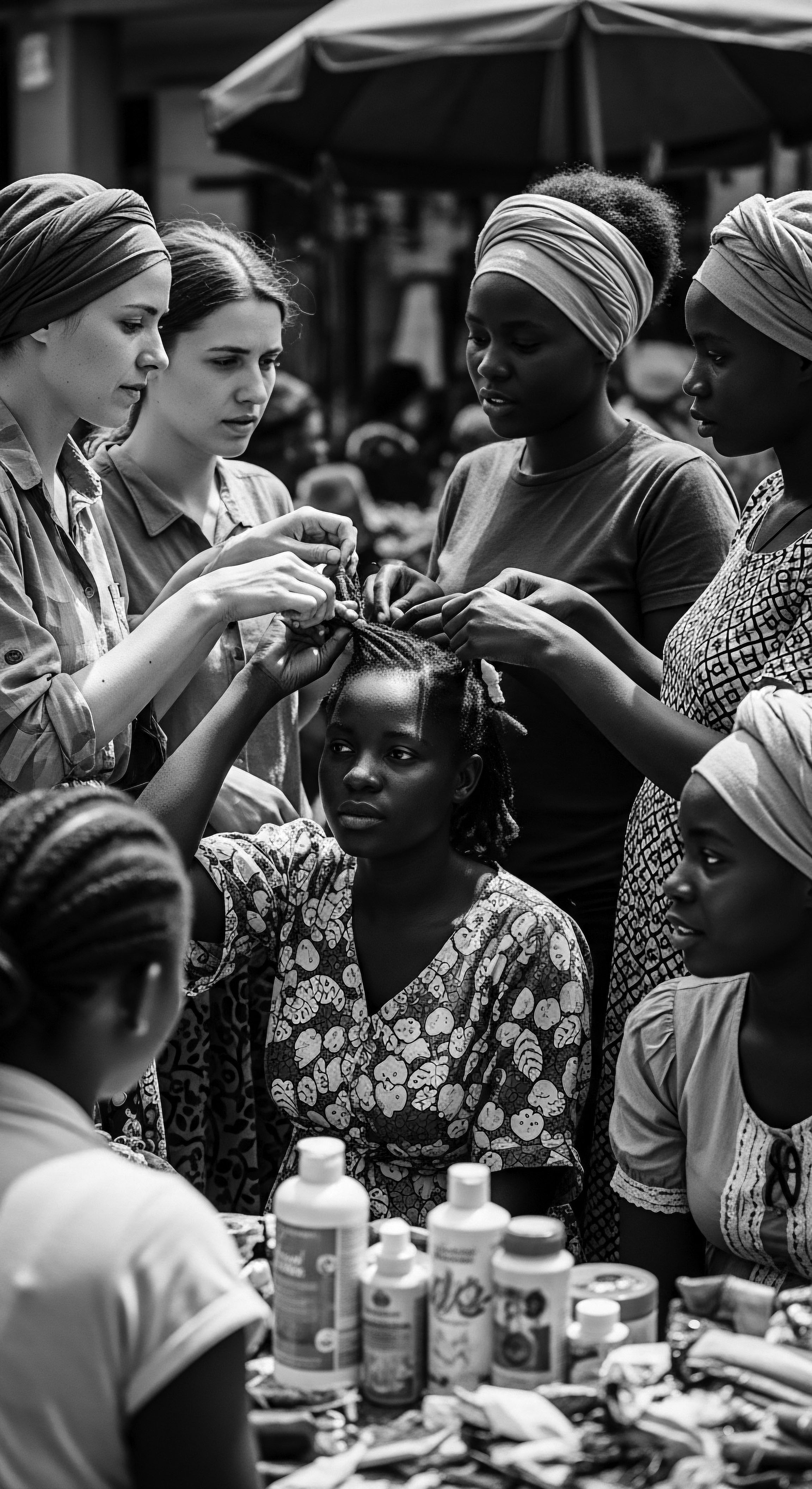
How did ancient Egyptian hair practices influence protective styling heritage?
Ancient Egyptian hair practices influenced protective styling heritage by using fat-based products and intricate styles to preserve and adorn textured hair.
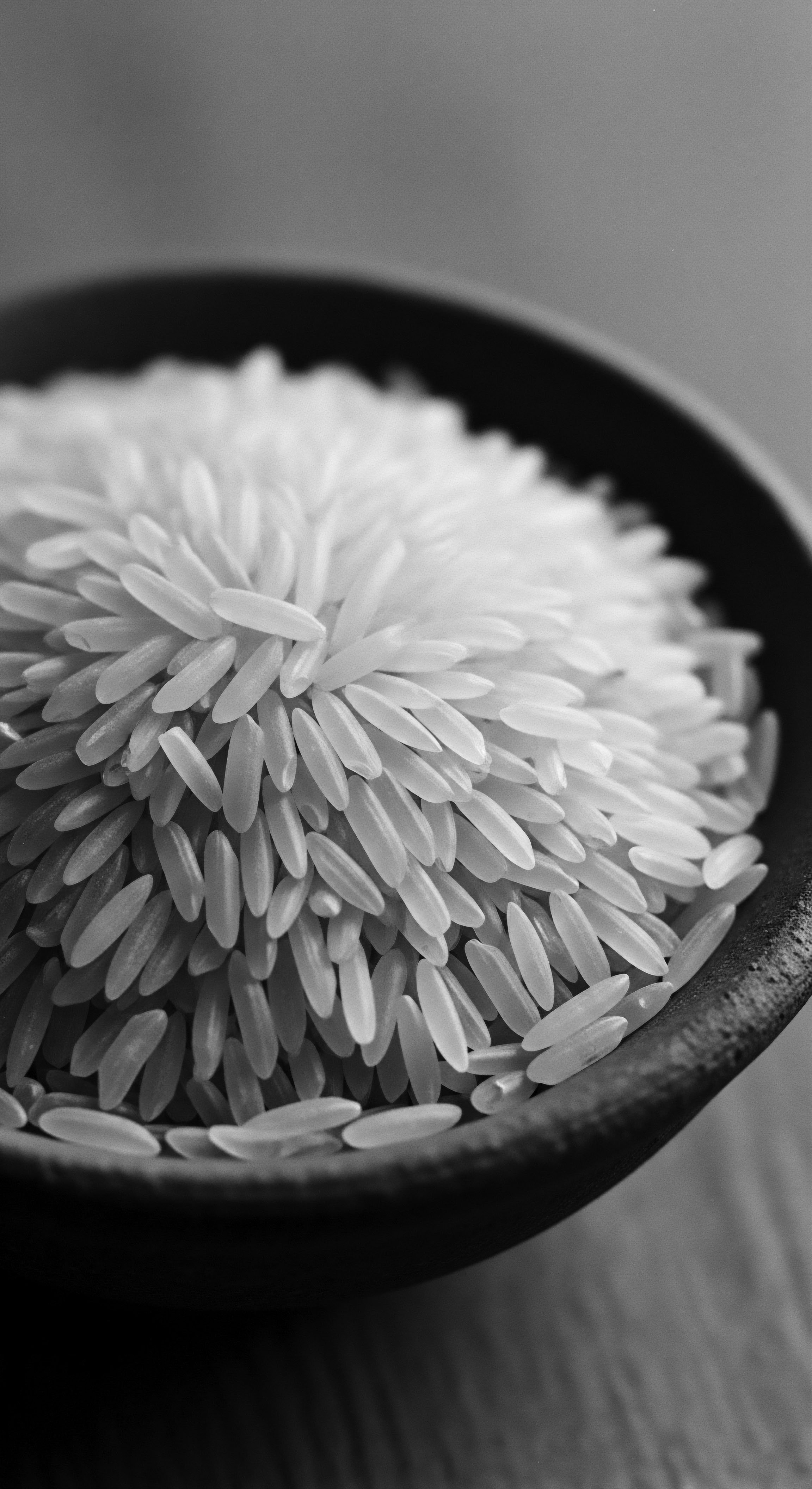
What textured hair practices did ancient Egyptians use?
Ancient Egyptians maintained textured hair with natural oils, fats, and protective styles, forming a vital part of global hair heritage.

